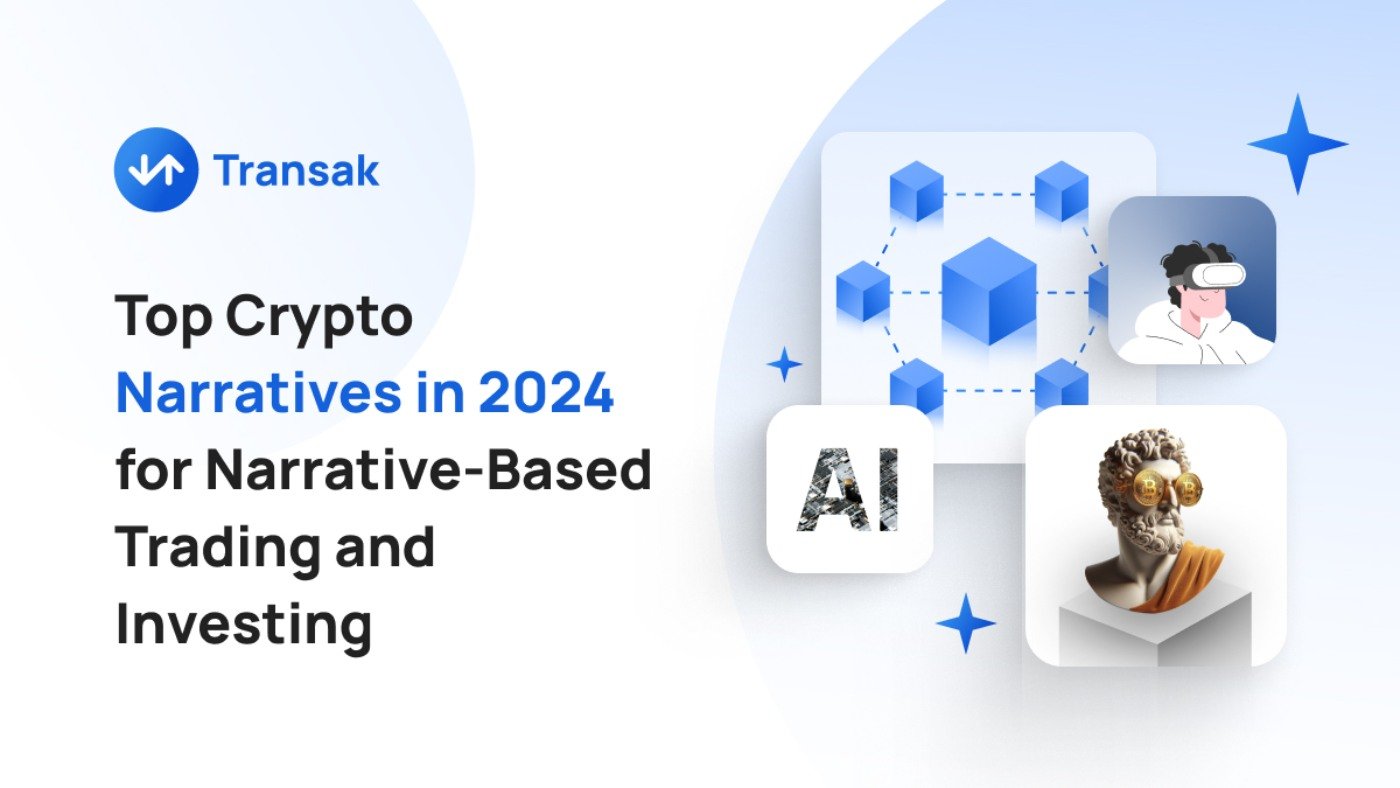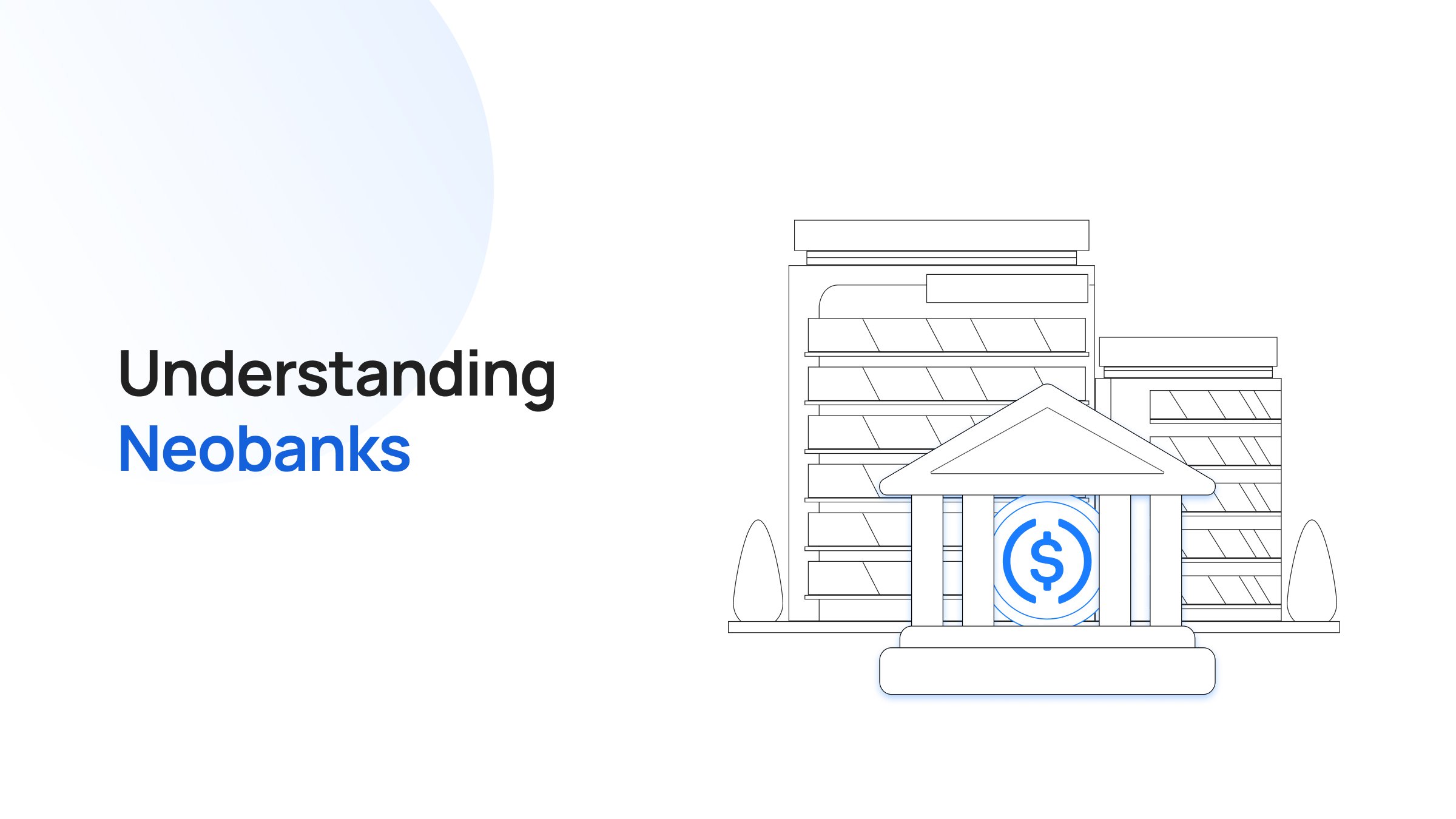In 2017, Initial Coin Offerings (ICOs) became a frenzy, with many new crypto projects raising millions through token sales.
In 2020, the idea of a financial system free from centralized control captured the imagination of many. DeFi protocols boomed, with their token prices soaring as investors piled in. The global market cap of cryptocurrencies increased from under 200 billion to nearly $1 trillion within a span of 12 months.
In 2021. the concept of owning unique digital assets like artwork or collectibles exploded. Celebrities and big brands jumped on the bandwagon, further fueling the hype. NFT marketplaces like OpenSea saw a surge, and tokens associated with popular NFT collections like Bored Ape Yacht Club (BAYC) experienced astronomical price increases.
Similarly, some trends are picking up market momentum through various narratives like L2 solutions, artificial intelligence, zero-knowledge proofs, modular blockchains, etc.
This article will introduce you to the concept of narratives and narrative-based trading in the cryptocurrency market.
What is A Narrative in Crypto?
In cryptocurrency, a narrative is a story or idea that's trending and influences how people see the value of different cryptocurrencies. These narratives can create major mass movements and are typically based on recent developments and flaring blockchain activity in a particular niche.
Below are a few examples of catalysts:
- New technological advancements in the crypto world, like the development of layer 2 solutions for faster transactions.
- Big events in the world economy or society that make crypto seem more attractive, such as Bitcoin halving.
- The hopes and goals that people have for crypto, like a desire for a more decentralized financial system (Defi).
What is Narrative-Based Trading
Narrative-based trading is a strategy that revolves around identifying and investing in financial assets based on trending stories, popular themes, or prevailing sentiments in the market, often amplified through social media and news outlets.
Unlike traditional methods like technical analysis (which focuses on price patterns and market trends) or fundamental analysis (which assesses the intrinsic value of an asset based on financial data), narrative-based trading taps into the collective mindset and emotions of investors.
In this approach, traders pay attention to what people are talking about, what's gaining traction on platforms like Twitter or financial news, and how these discussions could influence the value of certain assets. For instance, a sudden surge in discussions about a specific cryptocurrency due to technological development, celebrity endorsement, or a viral social media trend could drive more investors to buy into it, temporarily boosting its price.
The key to narrative-based trading is timing and understanding public perception. Traders aim to get in on a trend early before it reaches peak popularity and sell before the hype dies down and prices potentially fall.
Narrative-based trading method requires staying informed about current events, monitoring social media trends, and having a good sense of market psychology. It's important to note that narrative-based trading can be speculative and risky, as it often relies more on public sentiment than on fundamental asset value.
Five Crypto Narratives for 2024
Bitcoin recently smashed through the previous bull run’s all-time high and is continuing to set new records at the time of writing. This leads many to believe that the bullish trend for crypto markets has begun.
While a majority of experts attribute this bull run to the four-year cycle of Bitcoin halving, there are numerous supporting attributes.
Naturally, these narratives are picking up high momentum in the current market. Let’s look at some of the top crypto narratives for 2024.
-
Web3 Gaming
The gaming industry is undergoing a seismic shift.
In 2022, the global blockchain gaming revenue surpassed $4.6 billion, attracting a wave of projects in the subsequent bull market. Many of these projects, like Axie Infinity which secured a $7.5 million funding round, raised millions in funding. However, some projects struggled to deliver on their ambitious promises after launch, leaving retail investors disappointed.
Crafting a truly exceptional game takes time and significant resources. Developing a cutting-edge game can take upwards of five years and requires substantial upfront investment. Traditionally, venture capitalists have provided this funding, allowing studios to focus on long-term development.
However, the web3 funding landscape often favors smaller investments – ranging from a few hundred thousand to a few million dollars – with investors seeking a quicker return before the bear cycle hits. This short-term focus can be impractical for studios building sustainable, high-quality games.
The good news? While some projects chased a quick buck in the last bull run, many studios have been quietly laying the groundwork for the future.
Since 2020, several developers have been diligently building innovative GameFi experiences. In 2023, there was a 19% increase in newly developed games, with over 550 games produced, indicating robust interest in the development of blockchain-based games.
In 2024, this sector is expected to shift from hype-driven growth to a more balanced distribution across platforms and genres. The integration of AAA games into the blockchain will enhance the quality and experience of games, with a focus on interoperability driving the development of cross-chain assets and games.
Today we're on the cusp of a new era in play-to-earn. State-of-the-art P2E games, like the highly anticipated Shrapnel, are on the verge of launch, offering players immersive experiences and robust economies.
-
Artificial Intelligence
AI tokens are emerging as a significant narrative for trading and investment as we head into 2024. AI tokens aren't general-purpose cryptocurrencies. Instead, they are digital assets that fuel specific projects and platforms built on the intersection of artificial intelligence (AI) and blockchain.
The integration of AI and blockchain is expected to deepen, potentially boosting the demand for AI-based crypto tokens. However, investors should be cautious, given the inherent risks in the crypto market.
The emergence of large language models like GPT 4.0, Gemini, and Claude further fuel the AI narrative.
AI development has traditionally been expensive and resource-intensive. AI tokens create a decentralized marketplace where anyone can contribute computing power or data to AI projects, lowering the barrier to entry and fostering collaboration.
Ocean Protocol is a platform for secure data sharing. OCEAN tokens are used to incentivize data providers and consumers within the platform's data marketplace. AI projects often rely on large datasets for training, making Ocean Protocol a valuable tool.
These cryptocurrencies can be used to pay for access to AI services on a blockchain platform. This allows developers to build and monetize AI applications without relying on centralized cloud providers. For example, SingularityNET is a decentralized marketplace for AI services, where users can use AGIX tokens to buy and sell AI models, data, and other tools needed for AI development.
Additionally, there's the Oasis Network, a privacy-focused blockchain, and iExec RLC, which enables users to monetize computing power. These platforms demonstrate the diverse applications of AI in enhancing blockchain functionalities, ranging from privacy enhancement to efficient computing resource utilization.
-
Real World Asset (RWA) Tokenization
Tokenization of real-world assets like real estate, art, or commodities allows for fractional ownership and easier access to these asset classes. This narrative explores using blockchain technology to tokenize real-world assets like property, art, or even commodities.
The tokenization of RWAs introduces a novel approach to handling assets, with several banking and financial institutions leading the charge. For instance, JPMorgan has initiated the Tokenized Collateral Network (TCN), a platform that transforms traditional assets into digital tokens to facilitate on-chain settlements.
Integration of RWAs with DeFi protocols can unlock new possibilities. Imagine borrowing against tokenized real estate or using tokenized commodities as collateral for loans. This could expand the reach and utility of DeFi applications. It is one of the reasons why major investment firms like BlackRock recognize the potential of tokenized assets to add credibility to the RWA narrative.
Projects like Centrifuge aim to bridge decentralized finance with real-world assets, potentially lowering capital costs and providing investors with stable income sources. Landshare is another intriguing platform, offering tokenized real estate investments on the Binance Smart Chain, simplifying real estate investment processes. Polymesh, on the other hand, targets the security sector, addressing numerous issues related to security tokens and enabling complaint security tokens.
-
DePIN (Decentralized Physical Infrastructure Networks)
DePin, an abbreviation for Decentralized Physical Infrastructure, refers to blockchain protocols that facilitate the decentralized operation of physical hardware infrastructure.
DePIN tokens are the fuel for a new model of building and maintaining physical infrastructure. Unlike traditional methods relying on centralized funding, DePIN projects leverage blockchain technology to create tokenized ecosystems. These tokens incentivize individuals to contribute resources and services to real-world infrastructure projects.
The potential of DePin is vast, spanning several industries, including power grids, file sharing, cloud networks, mobility networks, and wireless networks. One of the key appeals of DePin is its promise to transform how we engage with physical infrastructure, making processes more equitable and efficient compared to the traditional, capital-intensive methods employed by legacy companies.
There's a growing need for investment in infrastructure projects worldwide, from renewable energy grids to transportation networks. DePINs offer a novel solution to bridge this gap.
Helium is a prominent early example of a DePIN, launched in 2019. It uses a network of hotspots built with user-owned devices to create a decentralized wireless network. These hotspots provide Helium Network coverage, which can be used by various applications like IoT sensors and smart devices.
Another popular DePin project is IoTeX, which tackles the Internet of Things (IoT) space. It aims to create a secure and privacy-focused network for connected devices by leveraging blockchain technology and hardware modules. Users with compatible devices can contribute to the network and earn rewards, while developers can build secure and scalable IoT applications on IoTeX.
-
Bitcoin Ordinals and BRC-20 Tokens
Bitcoin Ordinals leverage the Taproot upgrade (implemented in November 2021) to inscribe data directly onto individual satoshis (the smallest unit of Bitcoin). This unlocks entirely new functionalities for Bitcoin, including:
- NFT-like capabilities: Ordinals allow embedding multimedia content like images, audio, and even video onto the Bitcoin blockchain, creating a foundation for Bitcoin-native NFTs.
- Increased on-chain activity: Ordinals require more data storage on the blockchain, potentially leading to greater revenue for miners and increased network activity.
BRC-20 is an experimental token standard built on top of Ordinals. Inspired by Ethereum's ERC-20 standard, BRC-20 allows for the creation of fungible tokens (tokens where each unit is identical) on the Bitcoin blockchain.
Similar to the NFT hype of 2021, investors are expecting a surge in demand for Bitcoin Ordinals collections like Ordinals Punk Party, and Laser Eyes Bitcoin, or BRC-20 tokens like ORDI, which has already seen parabolic gains in the first quarter of 2024.
Conclusion
The year 2024 presents a fascinating landscape for crypto narratives. While established trends like DeFi and web3 gaming continue to evolve, new narratives like DePIN and tokenized real-world assets are pushing the boundaries of blockchain technology's applications.
As we navigate this space, one thing remains constant: the human element. It's the stories we tell, the problems we seek to solve, and the communities we build that breathe life into these narratives. The true test lies in separating genuine innovation from fleeting hype.
For more information, visit transak.com or follow on twitter.com/transak.






